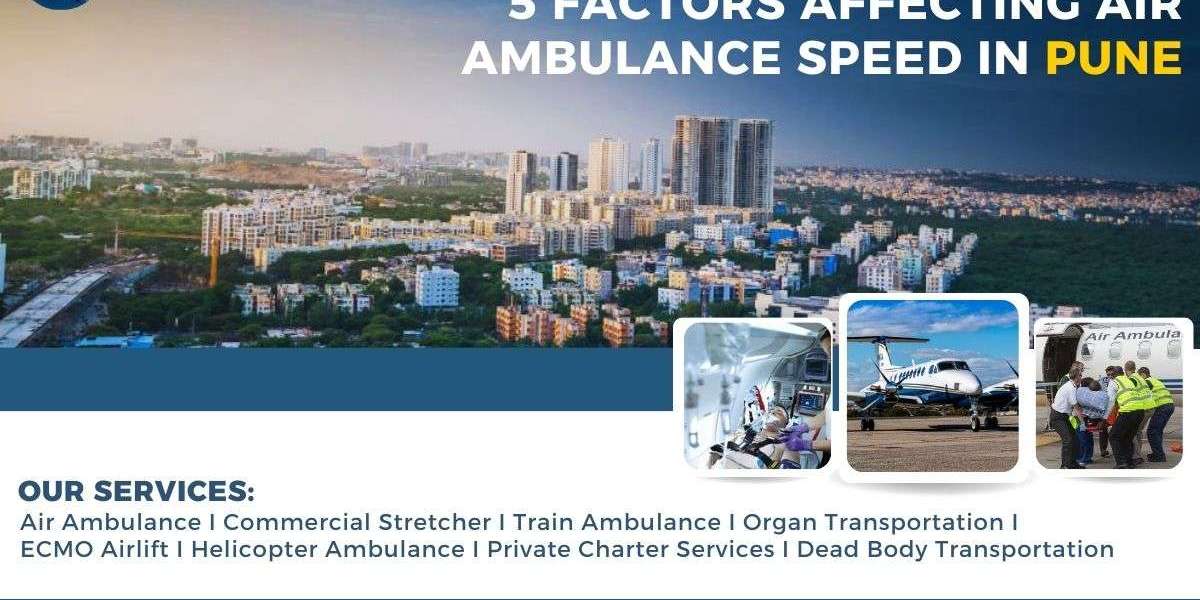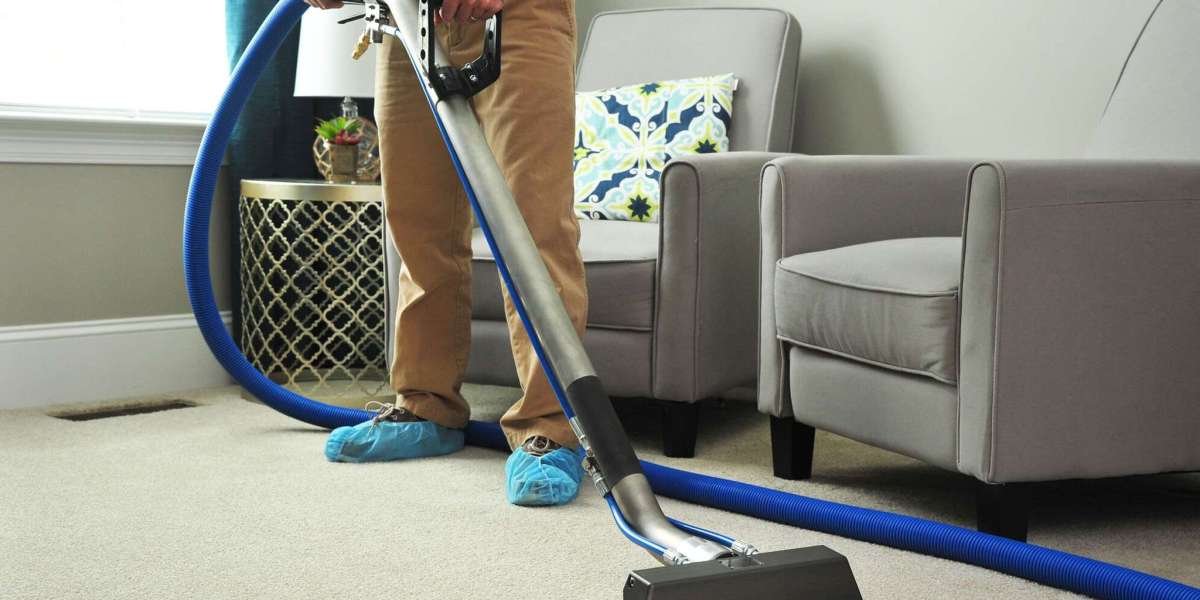In the world of emergency medical care, speed is often the difference between life and death. When a patient requires immediate transfer to a hospital equipped with specialized treatments, an air ambulance becomes a critical lifeline. These advanced aircraft provide rapid medical transportation with full in-flight care, ensuring that patients can reach the right facility in the shortest time possible.
For a fast-developing city like Pune—known as a healthcare hub and home to many advanced hospitals—air ambulances are not only vital for local emergencies but also for transferring patients to other major cities in India. However, while air ambulances are known for their speed, several factors influence how quickly they can transport a patient.
This article will explore five key factors affecting air ambulance speed in Pune, how these factors impact emergency transfers, and why choosing the right service provider is crucial.
1. Type of Aircraft Used
The first and most significant factor affecting the speed of an air ambulance is the type of aircraft chosen for the mission. Air ambulance services in Pune typically use either helicopters or fixed-wing planes:
Helicopters:
Ideal for short distances and quick takeoffs/landings.
Can land closer to accident sites or hospitals with helipads.
Generally slower than planes, with average speeds between 150–180 mph.
Fixed-Wing Aircraft (Airplanes):
Designed for longer-distance transfers, such as Pune to Delhi or Pune to Bangalore.
Faster, with cruising speeds often between 300–500 mph.
Require runways, so ground ambulance coordination at airports is necessary.
In Pune, where patients are often transferred to larger metro cities like Mumbai, Delhi, or Chennai for specialized treatments, the choice of aircraft can directly influence the overall transfer time. Helicopters are excellent for short-distance emergencies within the region, while fixed-wing aircraft ensure speed and comfort over long distances.
2. Weather and Atmospheric Conditions
No matter how advanced an air ambulance is, it is still affected by weather conditions. Poor weather can significantly impact both the speed and safety of medical flights.
Factors include:
Rain and Fog: Pune’s monsoon season often brings heavy rain and low visibility, which can slow flights or cause delays.
Wind Speed: Tailwinds can increase aircraft speed, while headwinds reduce it.
Thunderstorms and Lightning: These can ground flights temporarily due to safety concerns.
Temperature Variations: Extremely hot weather, common in Pune during summer, can affect aircraft performance and reduce efficiency.
Since patient safety is always the top priority, pilots and medical teams sometimes choose slightly longer but safer routes, which can add time to the journey.
3. Airport and Air Traffic Regulations
Another major factor is airport availability and air traffic management. Pune is home to the Pune International Airport, which is shared with the Indian Air Force, meaning civil aviation operations are subject to strict regulations.
Air Traffic Congestion: Busy airports with multiple commercial flights can cause delays in takeoff or landing permissions.
Clearance Procedures: Special medical flights require priority clearance, but this still takes coordination with aviation authorities.
Operating Hours: Certain airports have restricted operational hours, limiting flexibility for emergency flights.
Ground Handling: Availability of quick ambulance-to-aircraft transfer facilities at the airport can also affect overall speed.
Efficient coordination between ground ambulances, hospitals, and air traffic control is essential to minimize delays and ensure the patient’s journey is seamless.
4. Patient’s Medical Condition and Preparedness
While the aircraft may be ready to take off in minutes, the patient’s medical readiness plays a vital role in how quickly the transfer happens. Before boarding, the air ambulance medical team must stabilize the patient to ensure they can withstand the flight.
This includes:
Administering emergency medications.
Connecting the patient to ventilators, monitors, or IV drips.
Coordinating with the receiving hospital for immediate admission.
Transferring the patient safely from a ground ambulance to the aircraft.
In some cases, preparation and stabilization take longer than the actual flight. For instance, a critical cardiac patient may need urgent resuscitation or intubation before departure. While this may delay takeoff slightly, it is essential for the patient’s survival during transit.
5. Distance and Destination Logistics
Finally, the distance between Pune and the destination hospital significantly influences the total transport time. Pune is well-connected to major Indian cities, but flight times vary:
Pune to Mumbai: Around 30–40 minutes by air ambulance.
Pune to Delhi: Around 2–2.5 hours.
Pune to Bangalore: Approximately 1.5 hours.
Pune to Chennai: Around 2 hours.
Apart from flight time, other logistical factors matter:
Proximity of Hospitals to Airports: If the hospital is far from the airport, ground ambulance transfer time increases.
Traffic Conditions in Pune: Heavy city traffic can slow down ground transport to the airport.
Availability of Runways: For smaller regional destinations, not all airports can handle large medical aircraft, which may require rerouting.
Careful planning of these logistics ensures faster overall transfer and reduces risks to the patient.
Why These Factors Matter
Understanding these five factors is crucial not only for medical professionals but also for patients’ families. In high-stress situations, people often assume air ambulances are instantly available and will arrive without delay. However, being aware of the challenges—aircraft type, weather, airport clearances, patient condition, and logistics—helps families prepare mentally and work closely with providers for smoother transfers.
Choosing a Reliable Air Ambulance Service in Pune
Since so many factors influence the speed of air ambulances, selecting a trusted and experienced provider is vital. A reliable service ensures:
Advanced aircraft with ICU-level equipment.
Experienced doctors, paramedics, and pilots.
Efficient coordination with airports and hospitals.
24/7 availability for emergencies.
Transparent communication with families.
Among providers, Air Rescuers is one such name recognized for delivering dependable and efficient air ambulance services in Pune. With trained medical teams, modern aircraft, and years of expertise, they ensure that patients reach their destinations as quickly and safely as possible.
Conclusion
Air ambulances save lives every day by offering unmatched speed, safety, and medical support. However, the efficiency of an air ambulance in Pune is not determined by the aircraft alone. Factors such as the type of aircraft, weather conditions, air traffic regulations, patient preparedness, and destination logistics all play a critical role in how quickly a patient can be transported.
For families facing medical emergencies, understanding these elements provides clarity and reduces stress during a chaotic time. More importantly, choosing a reputable provider ensures that despite the challenges, the patient receives the fastest and most reliable care possible.
In the end, while many variables affect air ambulance speed, the dedication of trained professionals and the power of advanced medical aviation continue to make air ambulances a true lifeline in emergencies for the people of Pune.













